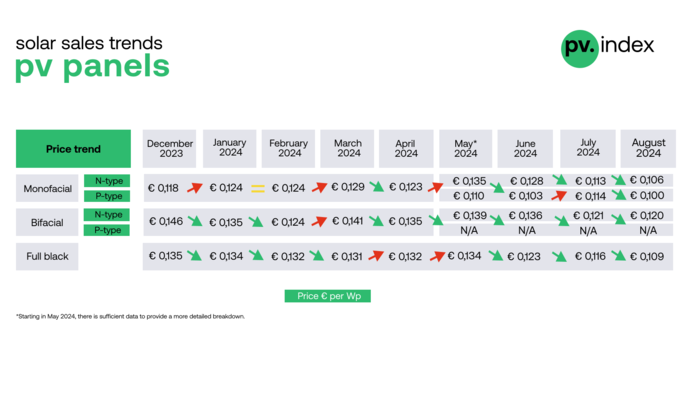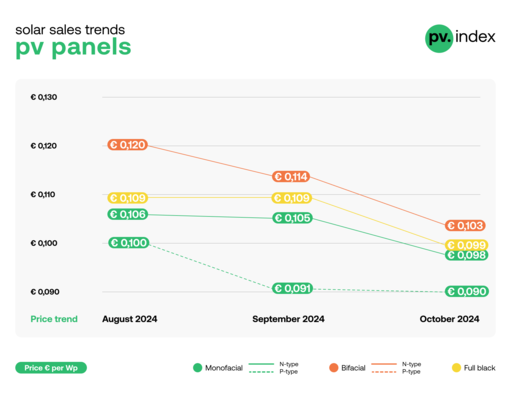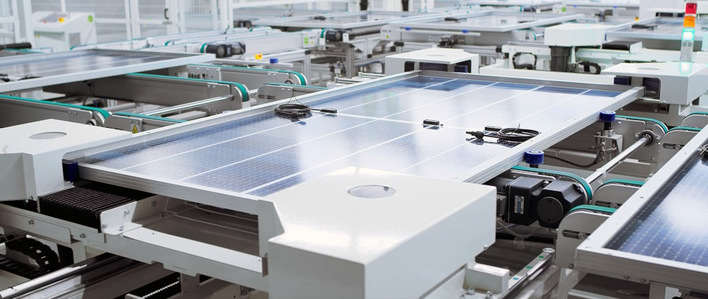The statistics indicate that renewable energy has considerable growth in Iran. According to SATBA website, the capacity of installed solar power plants with Non- Governmental sectors up to end of Jan. 2018 is as follow table:
| Solar Power Plant | ||||
| 1 | Atrian Parsian | 0.514 MW | Malard, Tehran | May-14 |
| 2 | Pak Bana | 0.228 MW | Qom | Sep-16 |
| 3 | Aftab Mad Rah Abrisham | 35 MW | Hamadan | Dec-16 |
| 4 | Tara Moshaver | 0.215 MW | Shams Abad, Alborz | Jan-17 |
| 5 | Ghadir Energy | 10 MW | Jarghouyeh, Esfahan | Apr-17 |
| 6 | Mehran Energy Arvand Co. | 1.2 MW | Rafsanjan, Kerman | Jul-17 |
| 7 | Tose-e Faragir Jask Co. | 10 MW | Mahan, Kerman | Jul-17 |
| 8 | Solar Energy Arka Co. | 10 MW | Mahan, Kerman | Jul-17 |
| 9 | Abouyand Co. | 1.313 MW | Damghan | Dec-17 |
| 10 | Sanaye Siman Shahrekord | 1.5 MW | Shahrekord | Dec-17 |
| 11 | Energy_e_Nou Atieh | 10 MW | Yazd | Jan-18 |
| 10 MW | Sistan&Balouchestan, Zahedan | Jan-18 | ||
| 12 | Iran Tablou Co. | 0.63 MW | Nazar Abad, Albourz | Jan-18 |
| 13 | Behnad Energy Pars Lian Co. | 4 MW | Sarvestan, Fars | Jan-18 |
| 14 | Pars Ray Energy Bahar Co. | 10 MW | Ray, Tehran | Feb-18 |
| 15 | Aftab Kavir Part | 10 MW | Khosef, South Khorasan | Feb-18 |
| Total | 114.6 MW | |||
This illustrates that solar energy has been noticeably increase during the last four years. Furthermore, according to the SATBA website: (https://www.satba.gov.ir/en/investmentpowerplants/statisticsofrepowerplants-Statistics-of-RE-Power-Plants), 130 companies have singed Power Purchase agreement (PPA) with SATBA up to Jan.2018. If they construct their project, the capacity of solar power plant will reach 1529.03 MW in Iran.
Five gigawatt renewables by 2021
In general, Iran because of a number of reasons has comprehensive programs for this plan. One of the reasons is the sixth development plan. This plan has envisaged a power generation capacity 5000 MW via developing renewable energy up to 2021 as well as plans for an additional 2,500 MW by 2030; therefore, ministry of energy has considered political incentives for attraction capitals.
The second reason is related to the landmark Paris Agreement. Under the terms of the Paris Agreement, Iran pledged to reduce its greenhouse gas emissions by at least 4 percent and as much as 12 percent by 2030. The uses of renewable and clean energies as well as the importance of taking measures to address challenges such as air pollution and greenhouse gas emission are well noted in the strategies.
Privatization program as opportunity
Another reason is privatization program. The electricity system in Iran (production, transmission and distribution) is centralized and owned by the government. Recently, the government has started to study about the privatization in small-scale to assess its benefits and outcomes for future programs. Renewable energy can be an effective solution for initiation of the privatization in energy industry.
Last but not least, energy subsidy reforms. Ministry of energy believes that "Reasonable prices will lead to judicious consumption, more investment and stronger participation of private companies in the power industry. The private sector is of the opinion that producing and supplying electricity in Iran are not a very attractive venture due largely to the "low prices" and state subsidies. The increase in tariffs is aimed at encouraging household consumers to invest in installation of small-scale solar power plants.

Challenges for the renewable energy sector
The renewable energy sector in Iran faces a number of significant challenges for it to achieve its potential, including:
Financing
Financing of renewable projects in Iran is a significant challenge. Domestically, the local Iranian banks are not prepared to offer project finance and will only provide loans at very high interest rates (around 20%). In addition, due to the decline in the world oil prices, the Iranian government is only prepared to finance the most urgent projects through the NDF. Internationally, the global financial sector is still hesitant to fund projects in Iran due to the US sanctions that remain in place. However, there is potential for smaller international banks and Export Credit Agencies to finance renewable energy projects in Iran.
Credit worthiness of SATBA
Developers might be concerned whether SUNA has the financial capability to meet its financial obligations for payment of the minimum tariff rates announced. SUNA has announced that it will provide a letter of credit for six months but the letter does not have a credit rating from international rating agencies and is not supported by any sovereign guarantee by the Iranian Government or Central Bank of Iran.
Local capability
Local developers lack experience and knowledge compared with other jurisdictions where renewable energy is more developed. Furthermore, in a country where the majority of energy is generated by fossil fuels, there is a lack of knowledge about the benefits of renewable energy, particularly in rural areas.
Regulatory framework
The current regulations in place have not yet been fully tested. There have not yet been sufficient renewable energy projects in Iran to gain a full understanding of how the regulations will be applied. There is also the risk of encountering the bureaucratic delays and red tape that have made Iran 118th (out of 189 countries) in the World Bank’s 2016 ‘Ease of Doing Business’ report. SUNA has indicated that the first three phases of the application process should take around 7 months, but the reality might differ as market information indicates that the average time is around 1 year.
Land acquirement
For renewable energy projects the location is a key consideration. However, acquiring public or private land in Iran can be a time-consuming and expensive task for developers. Generally, the market standard is for the land to be provided by the government. (ST/HCN)
See part one of our article about Iran
Stay informed, get our free newsletter twice a week. Register here
More useful information:
http://www.pveurope.eu/News/Markets-Money/Iranian-solar-market-speeding-up
http://www.pveurope.eu/News/Solar-Generator/Fronius-scores-with-its-service-in-Iran
http://www.pveurope.eu/News/Solar-Generator/Iran-goes-solar-new-PV-plant-in-Rafsanjan-inaugurated
https://www.pveurope.eu/financing/iranian-solar-boom-attractive-return-invest







